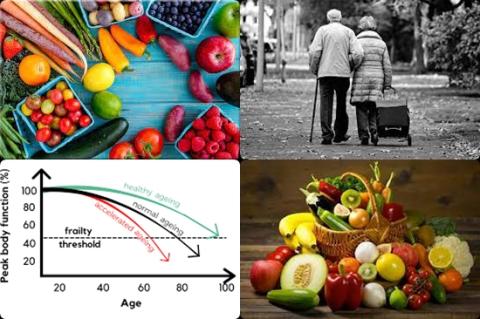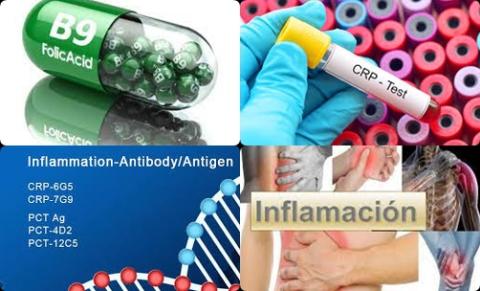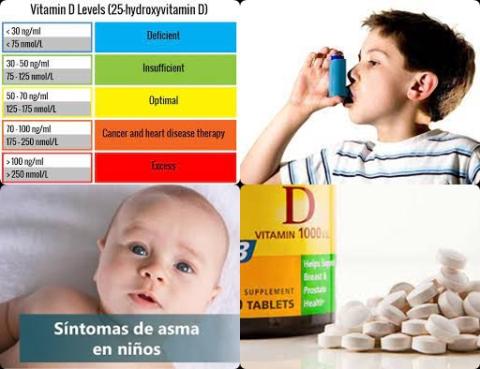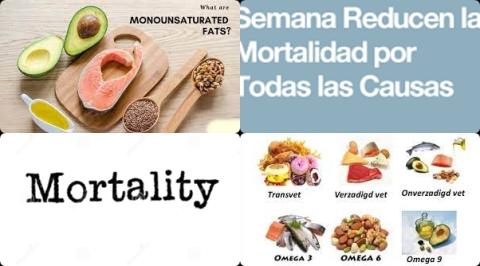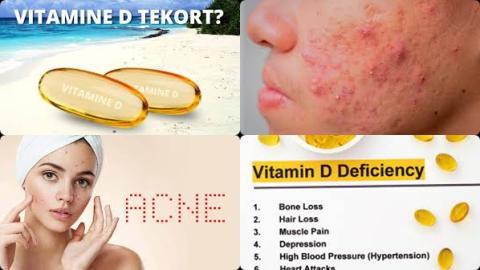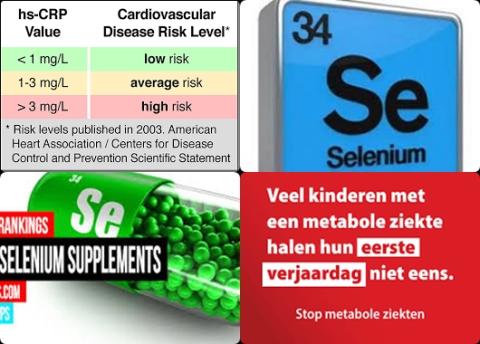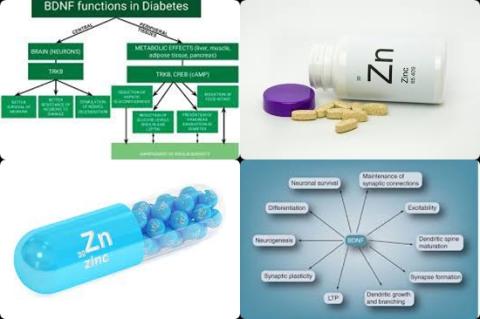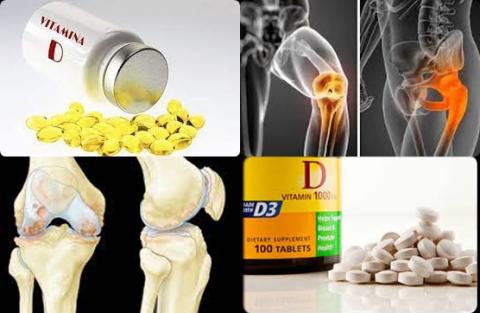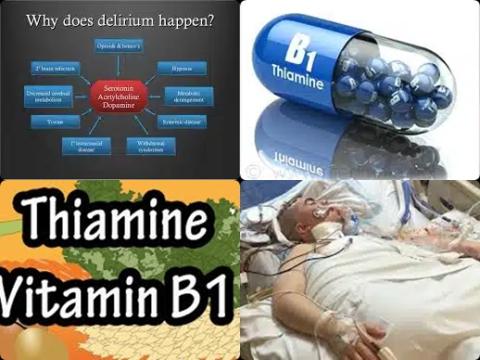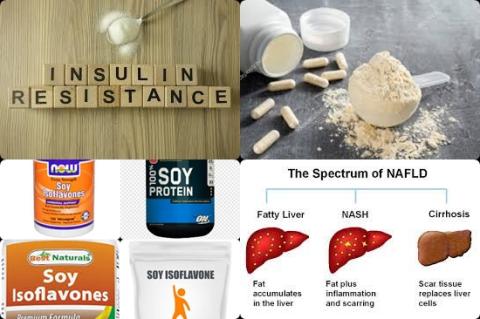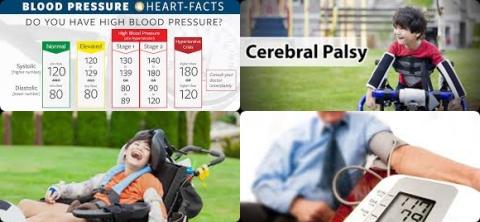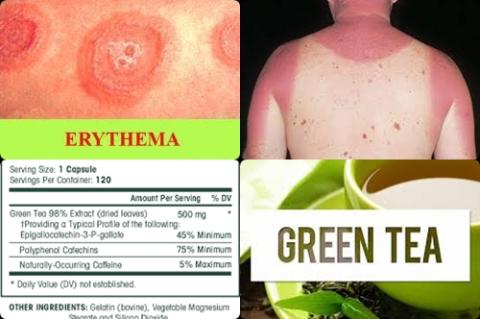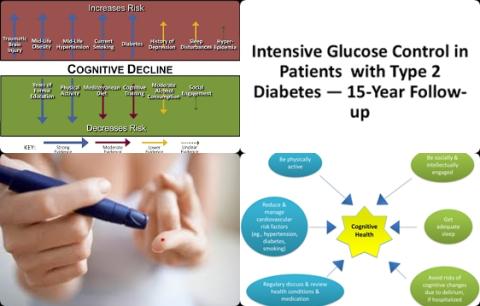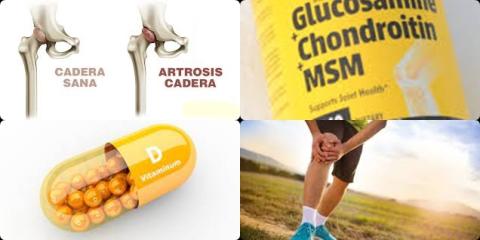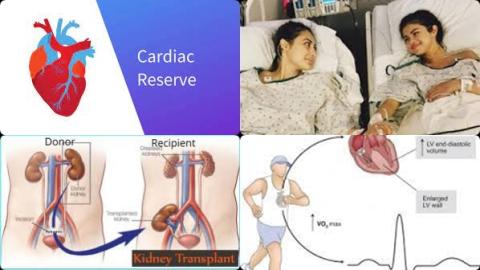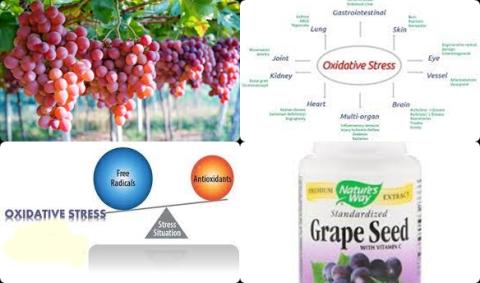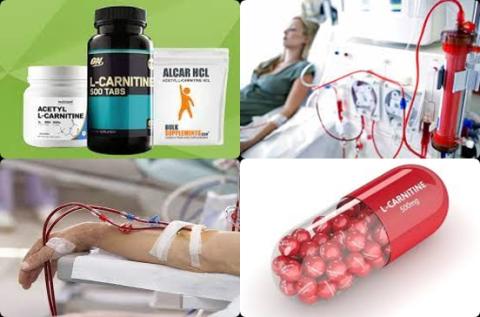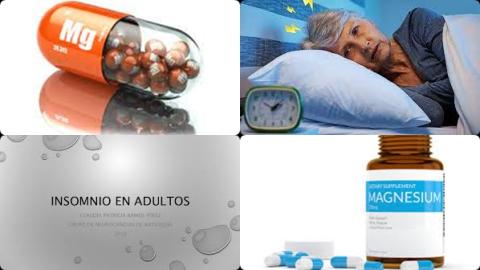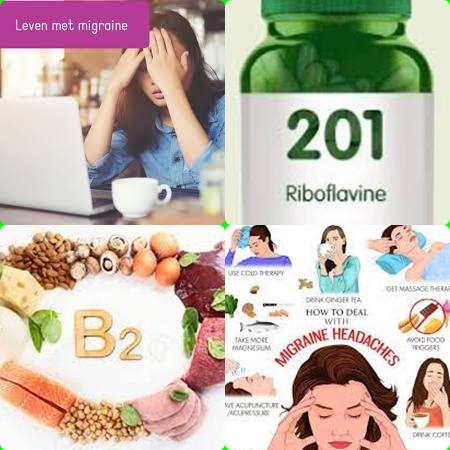Objectives:
Whether N-acetylcysteine (NAC) therapy can promote the improvement of clinical symptoms and lung function in patients with acute exacerbation of chronic obstructive pulmonary disease (AECOPD) has not been verified by large-scale randomized controlled trials, only a few small sample studies. Therefore, this review article has been conducted.
Does n-acetylcysteine (NAC) supplementation improve clinical symptoms and lung function in patients with acute exacerbation of chronic obstructive pulmonary disease (AECOPD)?
Study design:
This review article included 12 retrospective analyses and 3 randomized controlled trials (RCTs) with 1,605 patients.
The 15 included studies were small sample studies, with sample sizes ranging from 72 to 146.
9 studies had a Jadad score of 3-5 points and 6 studies had a Jadad score of 1-2 points.
Results and conclusions:
The investigators found the meta-analysis results of 10 studies (525 cases in the n-acetylcysteine group and 524 cases in the control group) showed that the forced expiratory volume in the first second (FEV1) of the n-acetylcysteine group was markedly higher than that of the control group; the mean difference was 30.63 [95% CI = 25.48 to 35.78, I2 = 92%] and the difference was statistically significant [z = 11.65 and p 0.0001].
The investigators found the meta-analysis results of 6 studies (347 cases in the n-acetylcysteine group and 350 cases in the control group) showed that forced expiratory volume in the first second/forced vital capacity (FEV1/FVC) of the n-acetylcysteine group was markedly higher than that of the control group; the mean difference was 30.42 [95% CI = 24.00 to 36.85, I2 = 93%] and the difference was statistically significant [z = 9.28 and p 0.0001].
The investigators found the meta-analysis results of 6 studies (323 cases in the n-acetylcysteine group and 322 cases in the control group) showed that the glutathione sulfur transferase (GSH-ST) activity of the n-acetylcysteine group was notably greater than that of the control group; the mean difference was 3.10 [95% CI = 1.38 to 4.82, I2 = 91%] and the difference was statistically significant [z = 3.63, p = 0.0004].
The investigators found the meta-analysis results of 4 studies (224 cases in the n-acetylcysteine group and 227 cases in the control group) showed that the ability of the n-acetylcysteine group to inhibit hydroxyl free radicals was higher than that of the control group; the mean difference was 77.52 [95% CI = 61.01 to 94.03, I2 = 44%] and the difference was statistically significant [z = 9.20 and p 0.0001].
The investigators found the meta-analysis results of 4 studies (224 cases in the n-acetylcysteine group and 227 cases in the control group) showed that the superoxide anion radical resistance ability of the n-acetylcysteine group was greater than the ability of the control group; the mean difference was 47.75 [95% CI = 36.26 to 59.25, I2 = 35%] and the difference was statistically significant [z = 8.14 and p 0.0001].
The investigators concluded n-acetylcysteine (NAC) supplementation could promote the symptom improvement rate of patients with acute exacerbation of chronic obstructive pulmonary disease (AECOPD), improve lung function in FEV1 and FEV1/FVC and enhance the body’s antioxidant capacity. Could because the sample size of the literature included in this review article was small. The sample size should be expanded in future randomized controlled trials to verify these findings. All in all, the results of this review article can provide a reliable theoretical basis for the clinical treatment of AECOPD, so that patients can benefit from NAC treatment.
Original title:
Systematic review and meta-analysis of the efficacy of N-acetylcysteine in the treatment of acute exacerbation of chronic obstructive pulmonary disease by Jiang C, Zou J, [...], Yang Y.
Link:
https://apm.amegroups.com/article/view/72787/html
Additional information of El Mondo:
Find here more information/studies about review article/significant, COPD and n-acetylcysteine.
An acute exacerbation of chronic obstructive pulmonary disease is a sudden worsening of chronic obstructive pulmonary disease (COPD) symptoms including shortness of breath, quantity and color of phlegm that typically lasts for several days.
